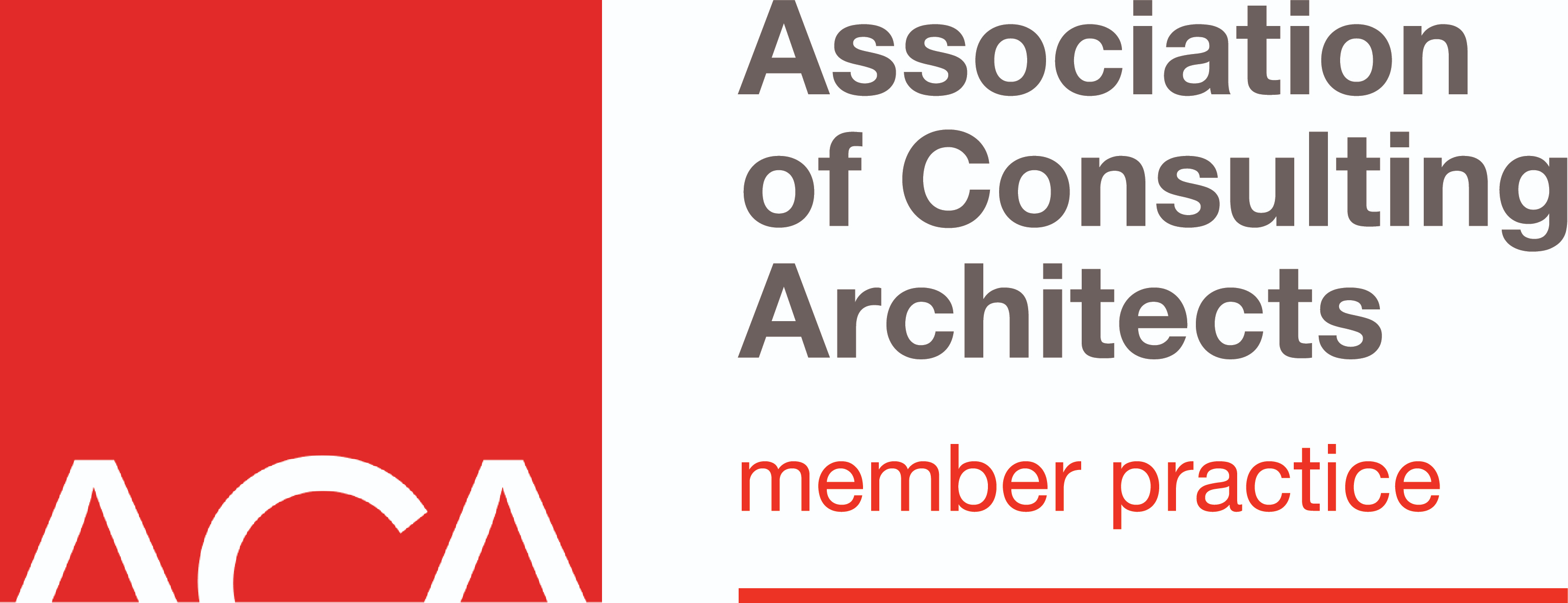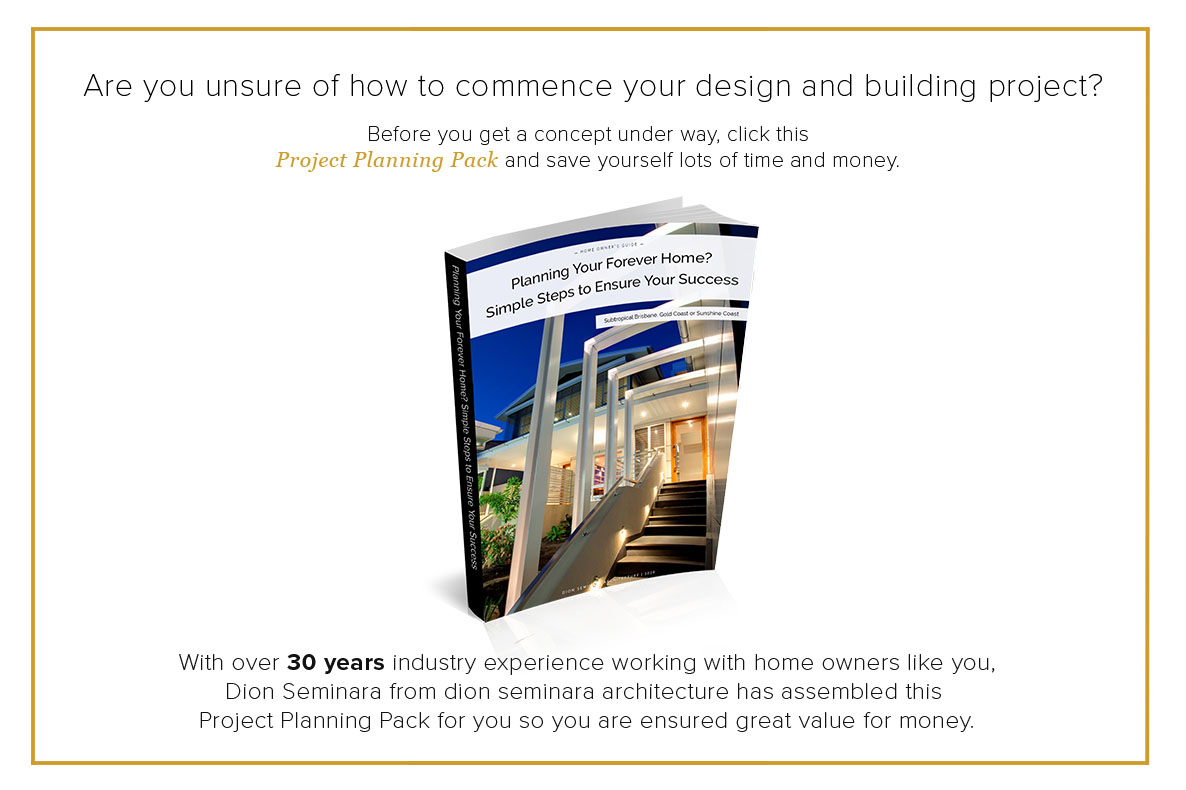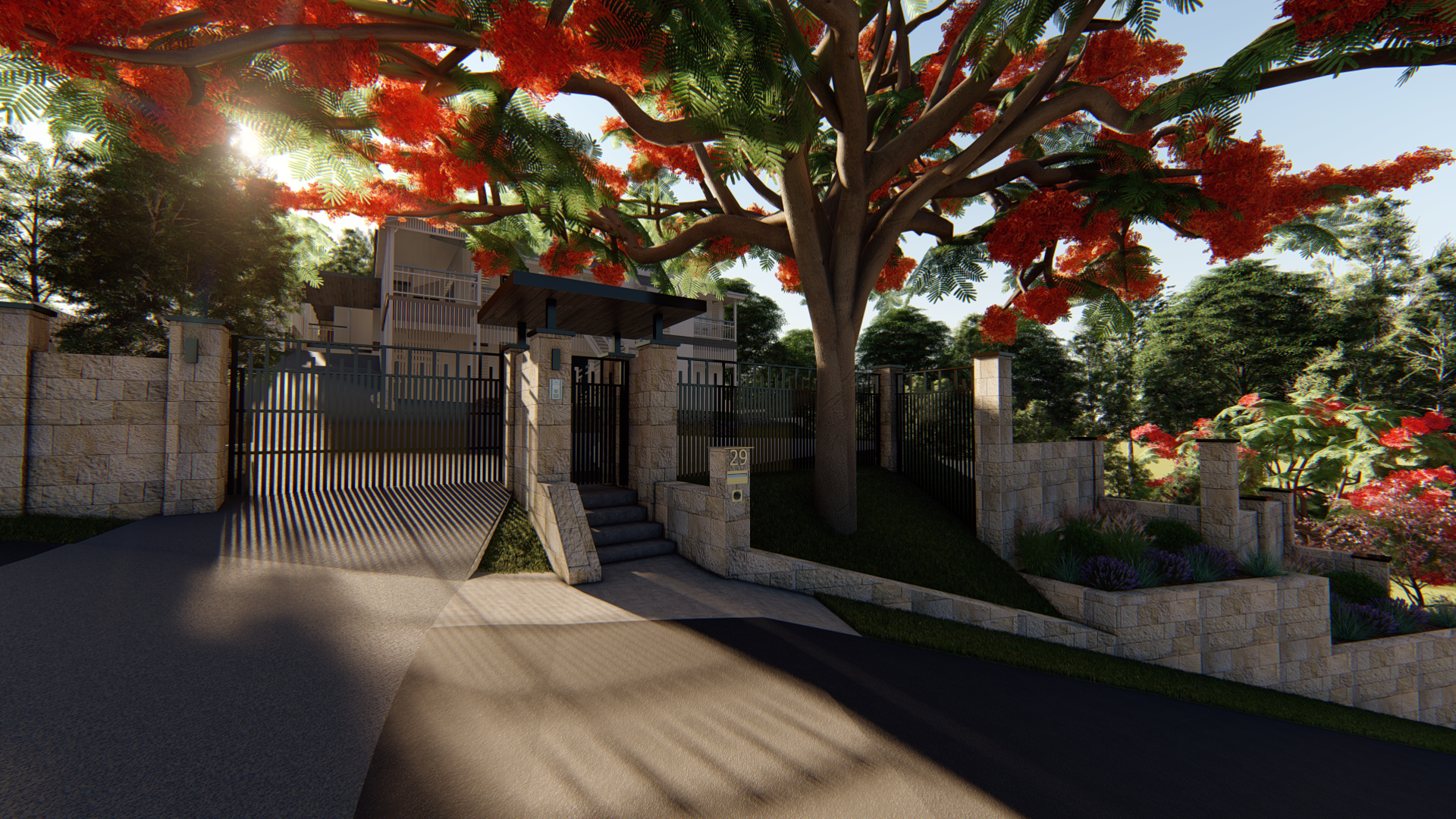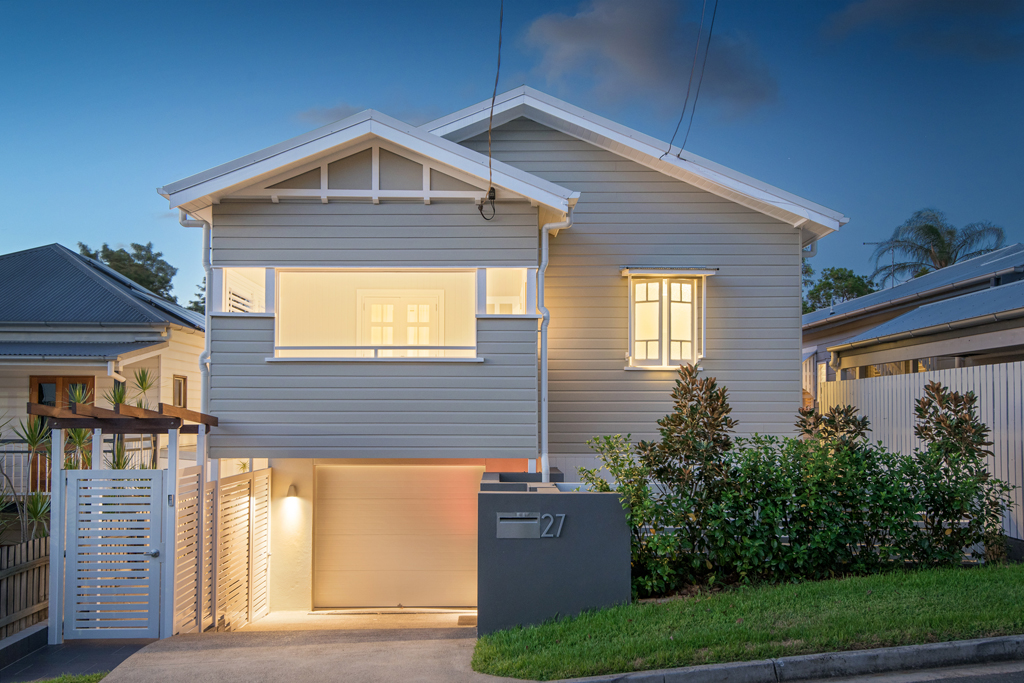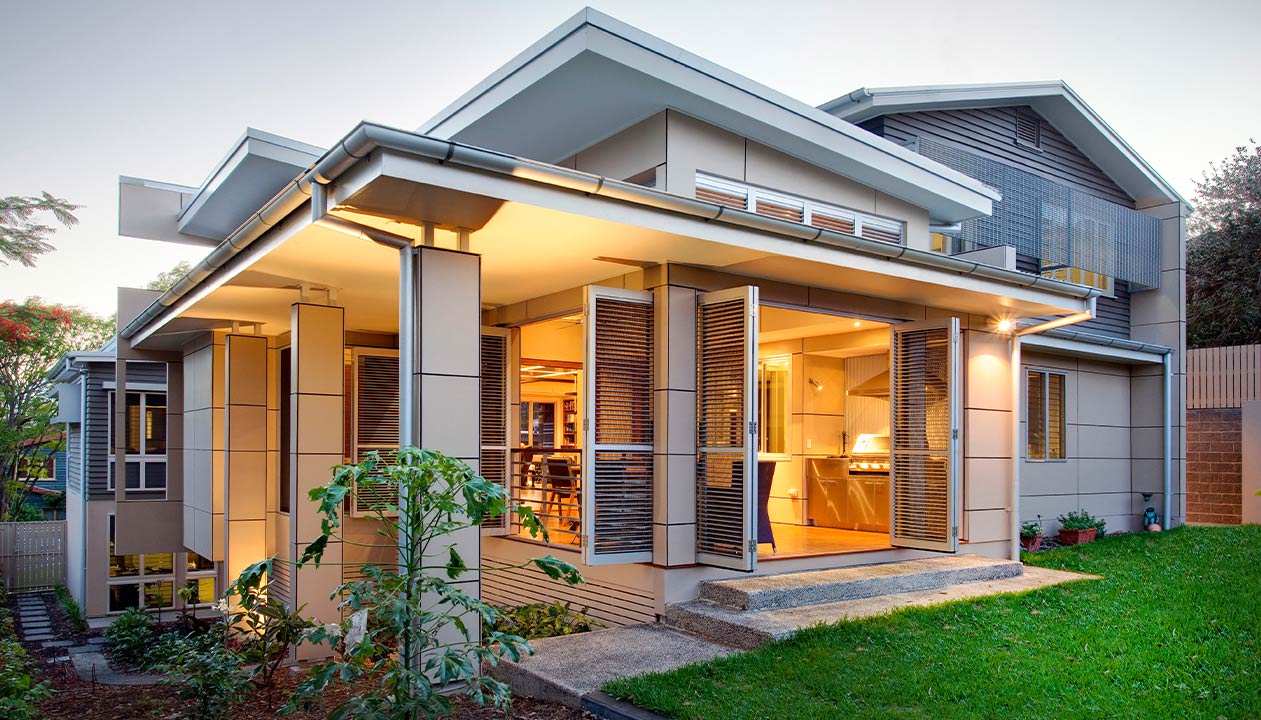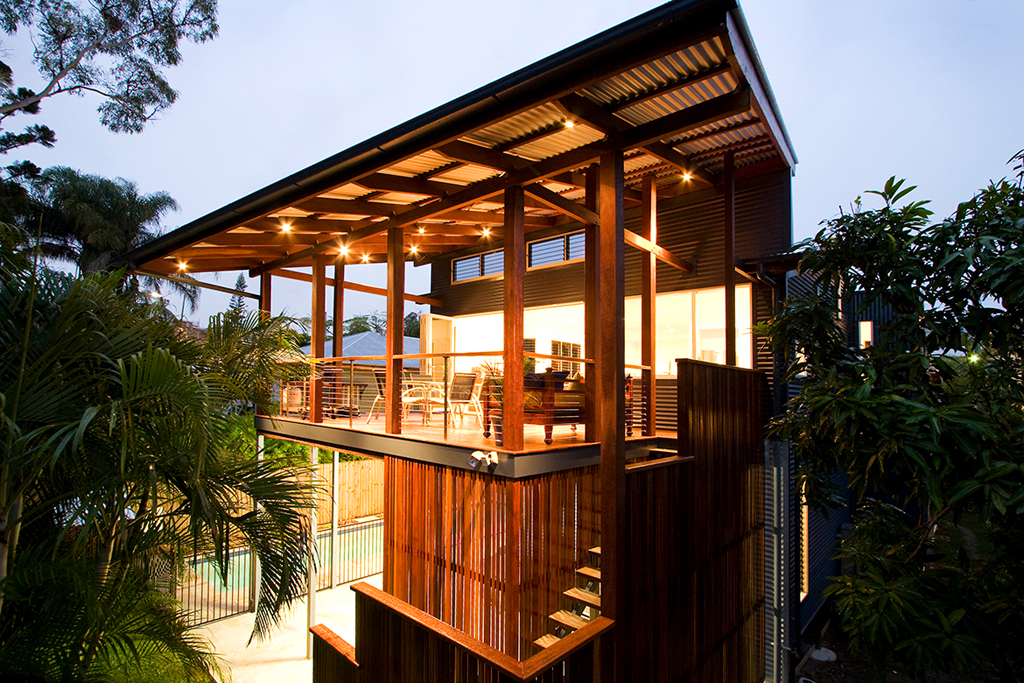
Top 9 tips for a more sustainable home! [Updated November 2023]
Tips and Advice[Reviewed and updated November 2023]
As an architect, I often get asked about sustainable building practices and ways in which homes can be made more energy efficient.
These are very valid things to be interested in – not only are sustainable homes good for the earth, but in Brisbane’s sub-tropical climate the financial savings that come with improving your home’s energy efficiency can add up extremely quickly!
On my site, I have frequently made blog posts which discussed the benefits of environmentally approaches to designing new homes and renovations. Although I do think lots of my readers get enjoyment out of the theoretical side of things – I’m aware that not everyone is in the position to hire an architect or undergo large home renovations. This leads me to my next point – did you know that with the right advice, you can reap significant benefits just by implementing simple household changes that don’t cost the earth?
To thank my readers, here are nine ideas to enhance your home’s sustainability and save money. Hopefully you can implement some of these tips in your household!
Norman Park Home Renovation: This environmental house design renovation included an extension to the existing enclosed verandah, with the addition of a raked ceiling. Furthermore, this indoor/outdoor tropical dining and deck space would include bi-folding windows and louvres to provide flexibility for weather changes.
Top 9 Tips To Make Your Home More Sustainable!
1. Install Downlight Guards!
Most people don’t realise this – but downlights generate a lot of heat! So much so that they are actually considered a fire risk if ceiling insulation is placed too close to them. To overcome this, an area of clearance is placed around the fitting.
Unfortunately, the side effect of leaving this gap in insulation around every downlight fitting is that the overall effectiveness is compromised. This means that some heating or cooling can be lost through the gap. The solution to this problem? Downlight Guards! Downlight Guards allow insulation to be placed right against the guard itself, strengthening the weak spots.
Investment: Typically allow between $70-$110 per light to have guards professionally installed. Note that the guards DO need to be fitted by a licensed electrician.
2. Use Exterior Blinds to cut down your need for AC!
Direct sunlight on your windows can really heat up a room fast. Double glazing helps, of course, but using exterior blinds to stop the sun hitting the glass in the first place can make an ENORMOUS difference to the comfort levels inside your home. Exterior blinds also reduce the need to have your air-conditioning running constantly during the warmer months.
Investment: Depending on the number of windows that you need to cover and the type of blinds you choose they run from around $600 for a single 1200mm x 1200mm blind to around $1000 for a single 3000mm x 2400mm blind including installation.
3. Window and Door Seals to help regulate your home’s temperature
As eco architects, many of our tips focus on climate control—keeping heat out and cool air in or vice versa. Climate control isn’t the only way to achieve a cooler home though! Another effective way to stop your cool air from escaping is by fitting seals to your windows and doors. This solution is both inexpensive, and effective!
Investment: Budget somewhere around $250 – $600, with $350 being the average to have a handyman install weather stripping in the average home.
4. AAA Rated (or 3-Star) Shower Heads to reduce water usage
Hot water accounts for a MASSIVE percentage of the average family’s power and water bills. Using a shower head that minimises the amount of water you use can save you a fair amount of money on power alone, but water itself is also an ever-increasing cost for many families. With this in mind, changing to shower heads that can save up to 40,000 litres a year is a decision that makes a lot of financial sense!
Investment: You should budget somewhere around $220 – $350 for the average home.
5. Consider Low-Flow Taps
By mixing air into the water that’s coming out of the tap, low-flow taps use as little as a third of the amount of water that a standard tap does. This not only saves you on your water bill (every 1 litre difference will save a family of four nearly 12 kilolitres of water and $35 each year), but it can reduce your power bill as well as it uses less hot water.
Investment: Allow around $700-$800 for a standard home.
Sustainable & Passive Designed New Home: This project located in Sherwood is a modern style home – the concept of which was based on sustainable and passive design principles. This project saw us creating a home, from the ground up, with sustainable design choices.
Aspects such as airflow, solar paneling and perfectly laid out rooms for better mobility were considered.
6. Grey Water Diversion System to minimise water waste
The average home sends over 100,000 litres of water a year down the drain, by installing a greywater diversion system you can save some of that water to use in your garden – it can also cost less than you might expect!
Investment: Budget varies with a simple diverter costing under $1,000. More complex systems can cost several thousand dollars.
7. Energy Efficient Light Bulbs
Energy efficient light bulbs have already been around for quite a few years – but better technology has meant that they’re more effective now than ever before! They save you money on your power bill of course – they use less electricity which means they need to be changed less frequently as well, saving you even more money in the long run!
Investment: Budget about $750 to replace every lightbulb in a 4-bedroom home.
8. Drip Irrigation System
A drip irrigation system saves you both power AND water. In the same way that low flow taps can help save you both, drip irrigation systems minimise your usage of both these resources too. In Brisbane’s climate it can often be very hot, and many of our clients want to know how to keep their gardens looking nice despite the hot weather – drip irrigation systems can be a great way to do this as they can give you a lush garden, without sacrificing sustainability.
Investment: Depending on the size of your garden, the costs for a drip irrigation system can be as little as $70 but can go up to more than $1000. This is still more than cost effective considering the savings you will make over the system’s lifetime.
9. Work with architects who are experienced in environmentally friendly design
Working with an architect is the key to building a sustainable (and beautiful, and functional) home. As expert architects with a strong focus on sustainability, we are experienced in analysing houses on a case by case basis to find the best and most budget friendly ways to keep them cool in summer and warm in winter. We also work hard to ensure we install systems which keep both your power and water bills low. Best of all – we keep on top of all the newest innovations to ensure you’re getting the most bang for your buck.
Investment: Get in touch to learn more about working with our team of architects!
More Options!
These are just nine of the countless number of ideas that we come up with to help our clients live more sustainably. If saving money as well as the environment is important to you: consider the sustainability tips above.
To enquire about getting a personalised assessment for your home, get in touch with us and speak to our friendly team about our design process!

DION SEMINARA, DION SEMINARA ARCHITECTURE
We are experts at home design, renovations and new homes and ensure good value for money outcomes.Hi, I am Dion Seminara, practicing architect and licensed general builder for 30 years as well as an environmental sustainable design (ESD) expert. I graduated from Queensland University of Technology (QUT) with honours, QLD in 1989. Registered as an architect in 1991 and registered as a builder in 1992, I am also a fellow member of the Australian Institute of Architects (AIA). Having received 12 ArCHdes Residential Architecture Awards, LJ Hooker Flood Free Home Design Award and the 2016 AIA Regional Commendation for Public Architecture, my expertise with both residential renovation (to all types of houses, especially Queenslanders, 50s/60s/80s), new contemporary homes and luxury residences has earned me a reputation as one of Brisbane's architectural specialists in lifestyle design architecture, interior design and landscape design.





